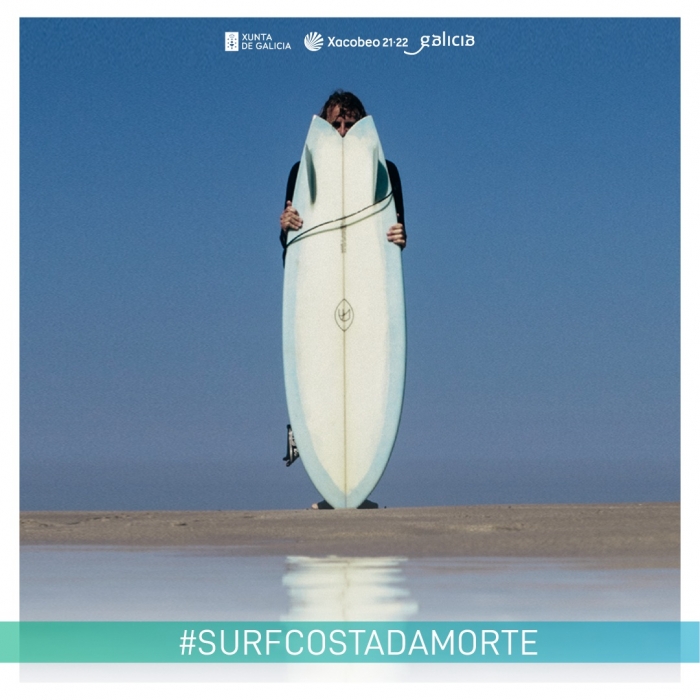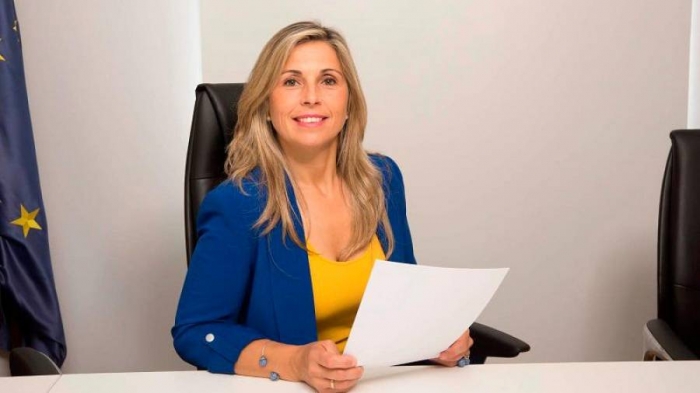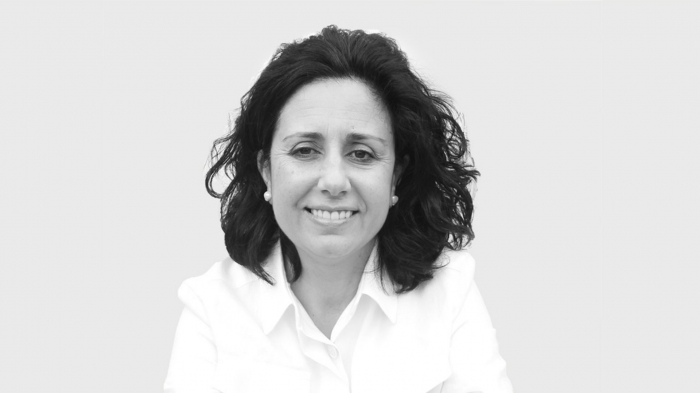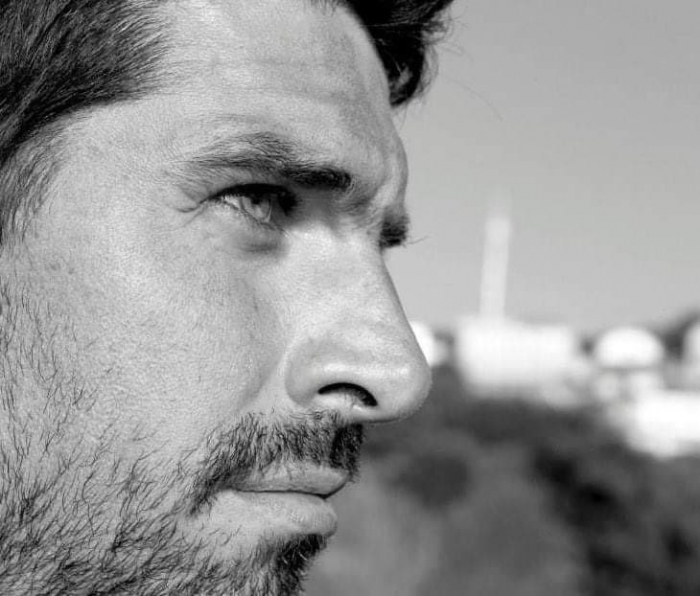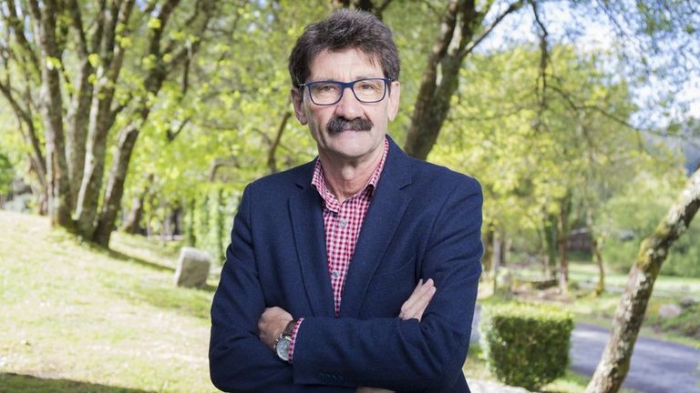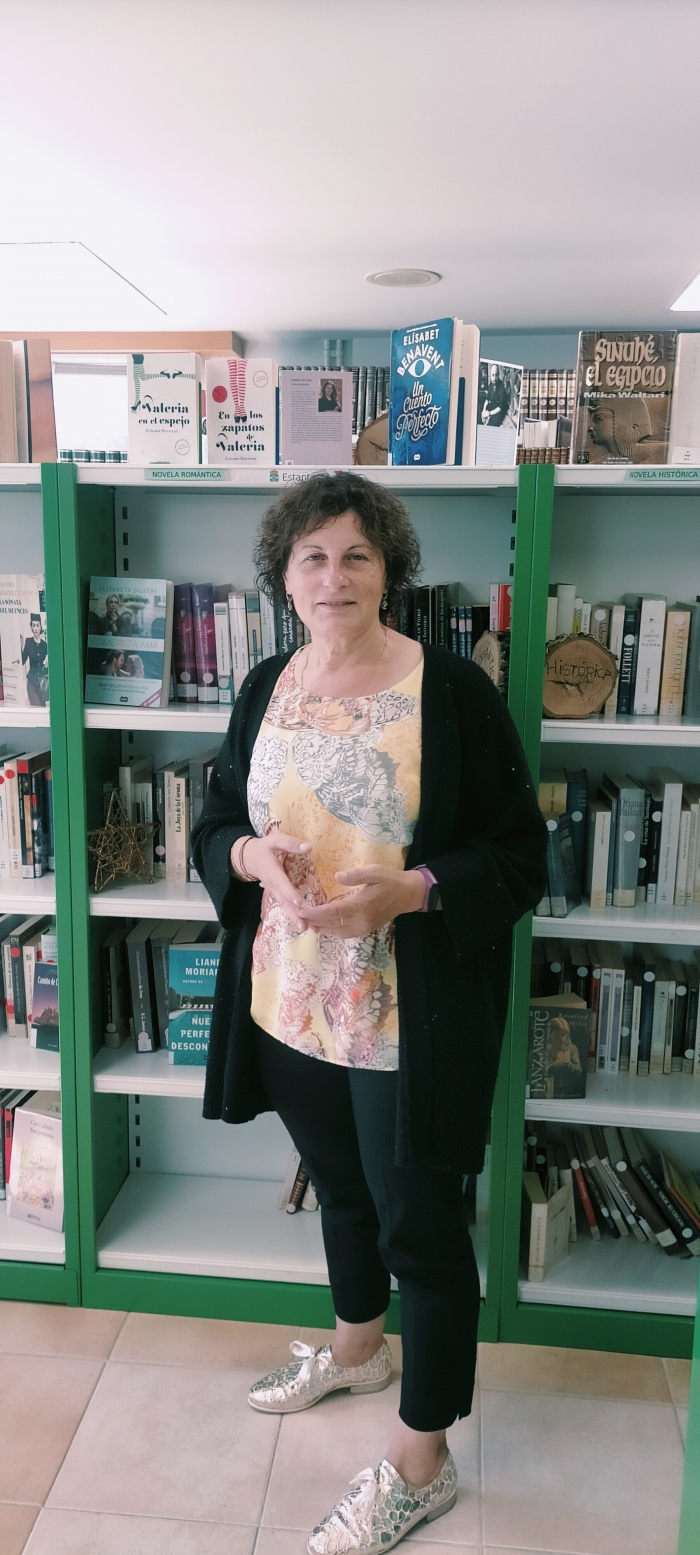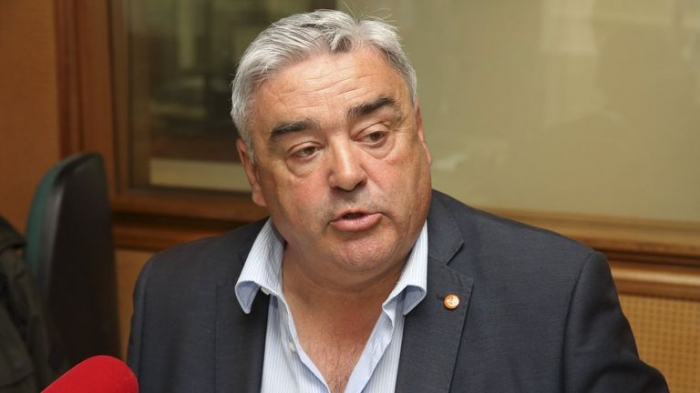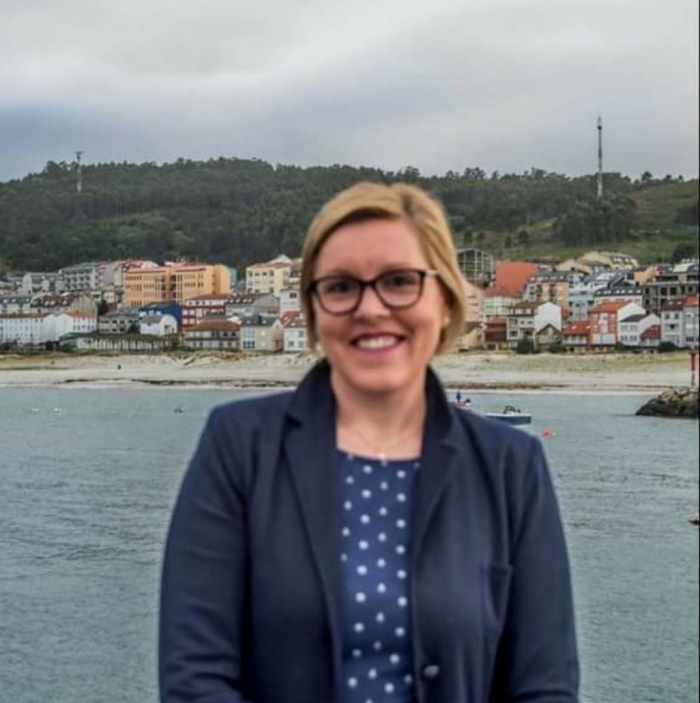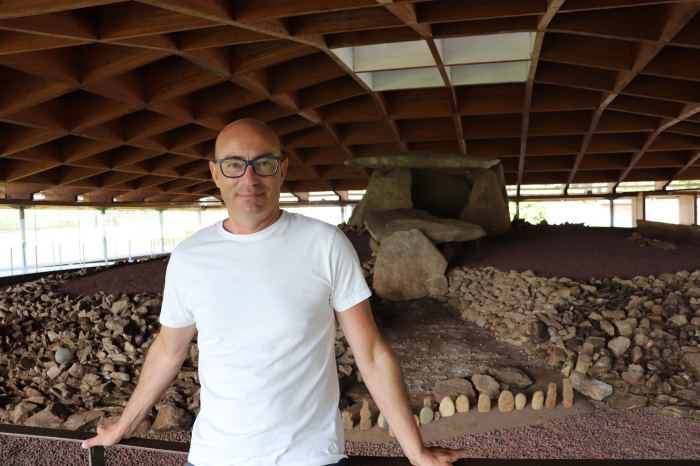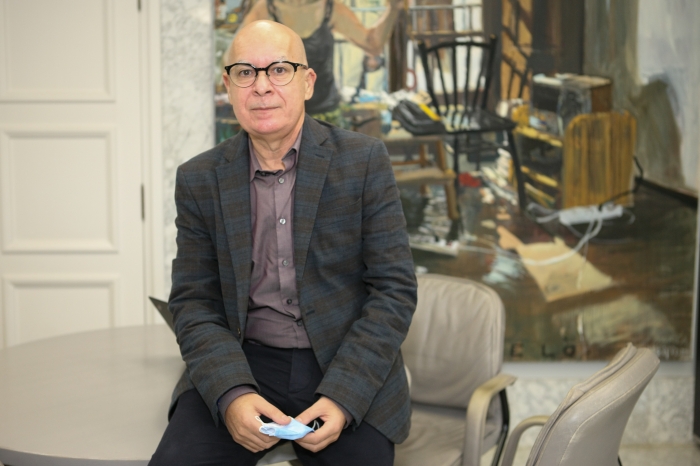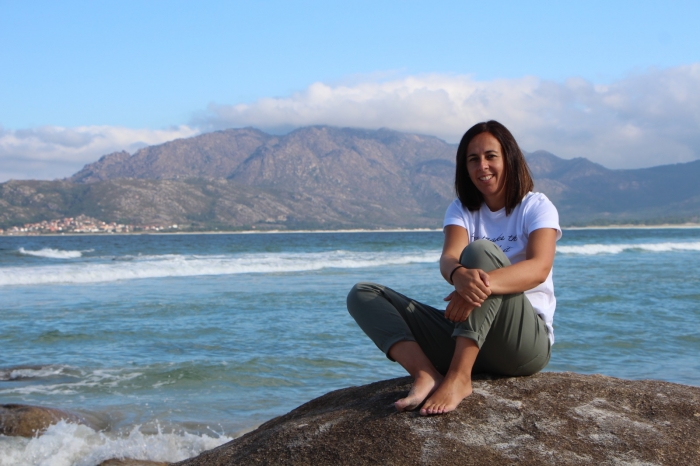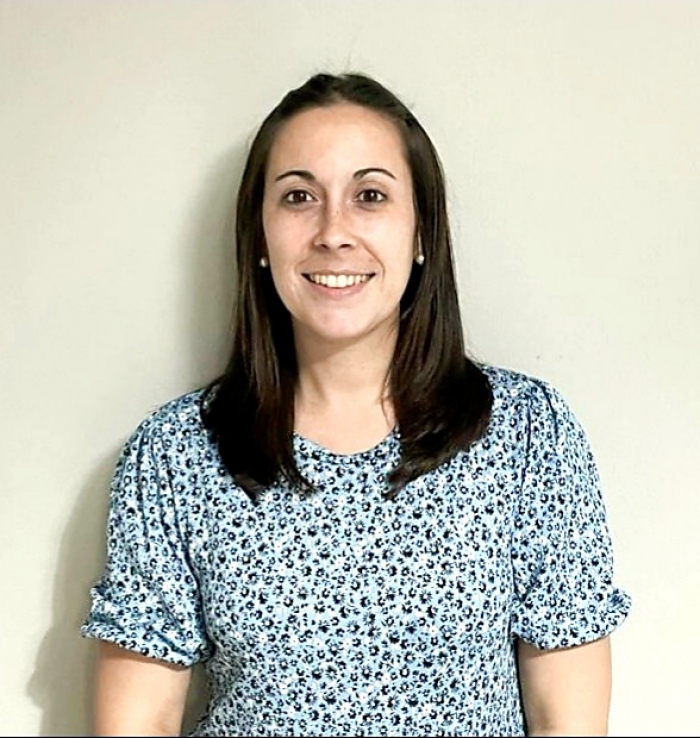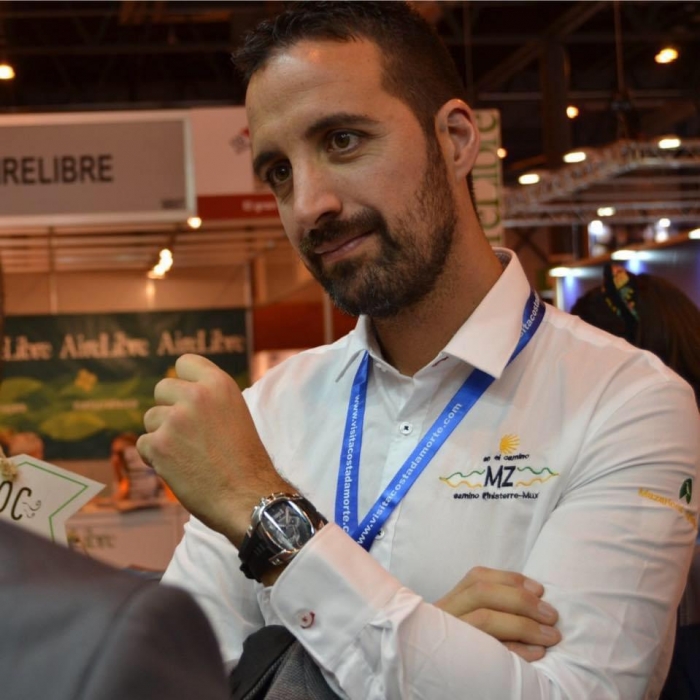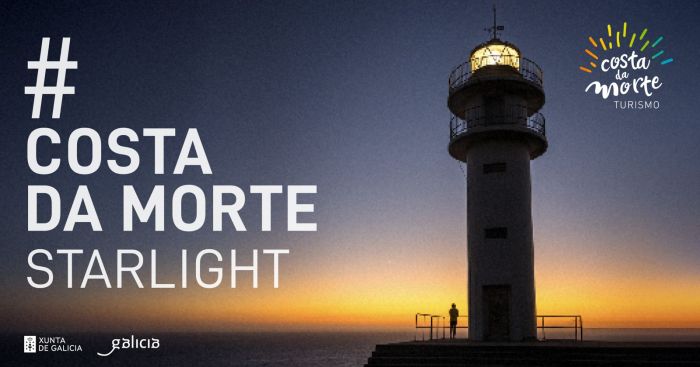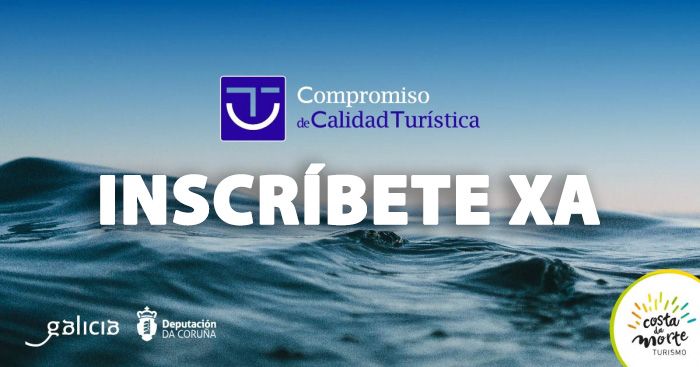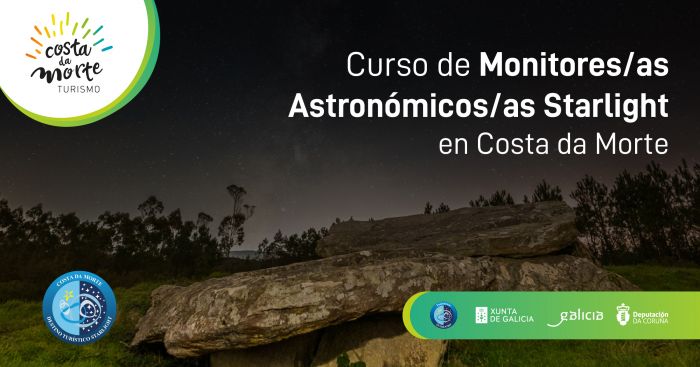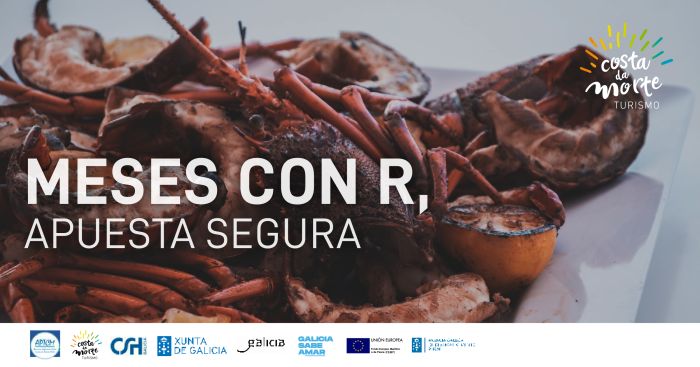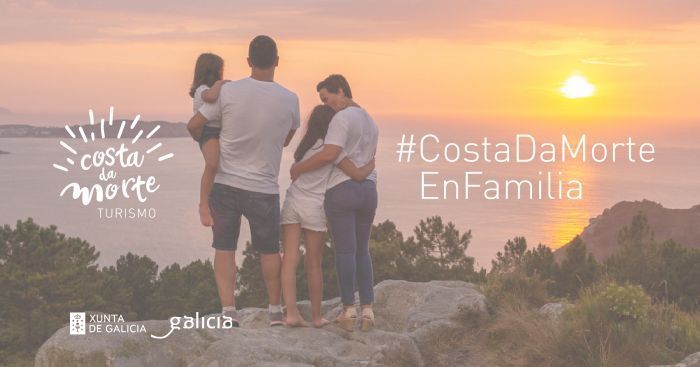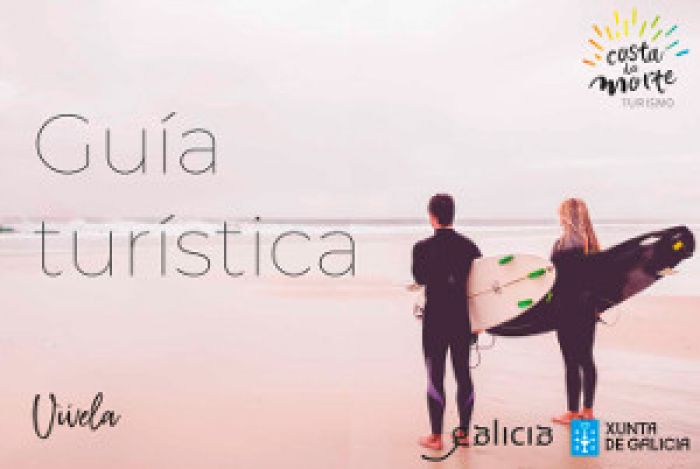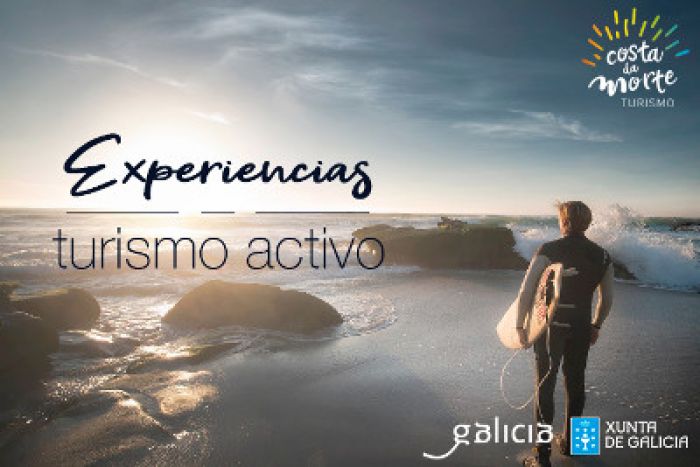Interviews
Interview with Mónica Rodríguez Ordóñez, Mayoress of Vimianzo
We continue with the interviews to the city councils with the City Council of Vimianzo. The municipality of Vimianzo is the natural capital of Terra de Soneira. It is part of the so-called Costa da Morte and borders the municipalities of Laxe, Camariñas, Muxía, Dumbría and Zas. On the southeast side it limits with the Encoro da Fervenza, which separates it from the municipality of Mazaricos.
Interview with Margarita Lamela Louzán, Mayoress of Cee
We continue with the interviews to the city councils with the City Council of Cee. The municipality of Cee overlooks the sea by three fragments of coast: the estuary of Lires in the northwest, the beach of Estorde in the Fisterran inlet and, from Cee itself to the inlet of Ézaro.
Interview with Esteban Blanco, biologist and head of the Laracha aquaculture plant
We continue with the interviews to the city councils with the city council of A Laracha. The municipality of A Laracha is the gateway to the Costa da Morte, with the water, salty from the Atlantic Ocean that bathes Caión and the rivers that flow inland, among which the Anllóns stands out, as the nexus of its vast territory. From Soandres or Montemaior, where the highest altitudes are located, to the sea level at the beach of Caión, the municipality has immense landscapes for the enjoyment of its visitors.
Interview with José Manuel Pequeño Castro, Mayor of Dumbría
We continue with the interviews to the town councils with the town council of Dumbría. The municipality of Dumbría is located on the Way of St. James to Fisterra and Muxía, about seventy kilometres from Santiago and belongs to the province of A Coruña. It is a symbolic town in the Costa da Morte region due to the fact that the mouth of its main river, the Ézaro, cascades into the Atlantic Ocean in the form of a waterfall.
Interview with Clarisa Couto, Councillor for Culture and Tourism, Sports and Social Services of Coristanco
We continue with the interviews to the town councils with the town council of Coristanco. The municipality of Coristanco is located in the west of Galicia and the province of A Coruña. It is bordered to the north by the municipalities of Ponteceso and Carballo, to the east by the municipalities of Carballo and Tordoia, to the south by the municipality of Santa Comba, and to the west by the municipalities of Zas and Cabana.
Interview with Alfredo Cañizo, Councilor for Tourism of Malpica de Bergantiños
We continue with the interviews to the town councils with the Town Council of Malpica de Bergantiños. Malpica is one of the whaling ports that existed on the coast of Galicia in the 17th century. History tells us that it was Basque sailors who founded this town, which was conceived as a base of operations for the fleet that captured cetaceans in this corner of the Atlantic.
Interview with Raquel lema, Concelleira de Comercio, Hostalería e Turismo do concello de Laxe
We continue with the interviews to the town councils with the Town Council of Laxe. Laxe is located in the northwest of Galicia, at the western end of the Bergantiños region, in the heart of the Costa da Morte.
Interview with José Muíño, Mayor of Cabana de Bergantiños
We continue with the interviews to the town councils with the Town Council of Cabana de Bergantiños. The town council of Cabana occupies part of the bottom of the estuary of Corme and Laxe, from Ponteceso to the eastern end of the beach of Laxe.
Interview with Xosé Regueira, Councilor for Economic Promotion and Tourism of Carballo
We continue with the interviews to the town councils with the Town Council of Carballo. Carballo, capital of Bergantiños, is located in the north of Costa da Morte. Economic and commercial epicentre of the region, crossroads between Santiago, A Coruña and Fisterra, the town is nowadays a dynamic and lively nucleus, with a great capacity of attraction.
Interview with María Lago, Carnota Tourism Technician
We continue with the interviews to the town councils with the town council of Carnota. Carnota is located at the western end of A Coruña, south of Fisterra, bordering the municipalities of Muros, Dumbría and Mazaricos.
Interview with Patricia Trasmonte Martínez, Corcubión Tourism Technician
We continue with the interviews to the town councils with the Town Council of Corcubión. Corcubión is located in Galicia, the current Spanish Autonomous Community located in the northwest of the Iberian Peninsula, where the Roman Gallaecia was formerly located and later, between 409 and 1833, the Kingdom of Galicia.
Interview with Juan Blanco, Mayor of Mazaricos
We begin our interviews with the town councils of Mazaricos. Mazaricos is located in the northwest of Galicia, in the southwest of the province of A Coruña. This municipality offers the typical lush landscape of Galicia.
